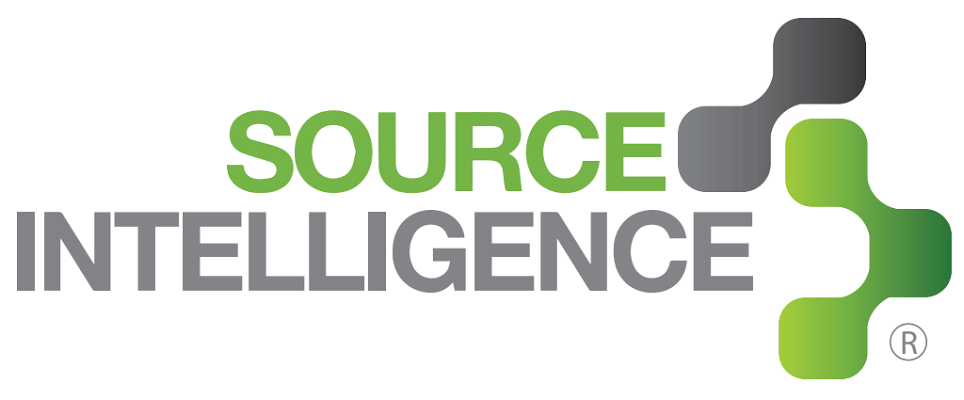Have You Checked For Slavery In Your Supply Chain? If Not Then You Should

With the world realizing what the effects of forced labor and modern day slavery can do to them, major companies that have identified slavery within their supply chains are creating better plans to rid of this problem. As we’ve seen in recent months major companies, such as Nestle, have found that suppliers within their supply chains have been using the elements of human slavery to increase production. With consumers becoming more aware of what is exactly involved in the products they buy and the sources that companies use to create these products, it has really become top priority for many companies to be aware of the pending social, economical, and ethical issues.
There are areas around the world that need to be seen as an area of risk when sourcing materials. Thailand, as an example, has often been an area where slavery can be found in their suppliers and has been known to cause these issues for many companies. As companies begin to expand operations into areas and their book of business within their supply chains become larger and harder to manage, these issues are creating a very risky situation, especially with a very ethically focused consumer group. However, companies with areas of concern or instances of slavery within their supply chain are taking great action to prevent this from ever happening again. Nestle is a prime example of this and other companies are following the same. In an article written by Lynda Searby from FoodNavigator.com she writes how, after the exposed flaws in Nestle’s supply chain, which uncovered slavery, the major company is heavily increasing its efforts in spotting, tracking, and stopping any type of activity of this kind within its supply chain. With news of this hitting other large brands, others are beginning to take the same stance.
Identifying supply chain slavery is difficult, especially when it relates to food supply and seafood. Since most of these slavery instances happen out at sea and over international water, it becomes increasingly difficult to identify and combat the issue.
Ultimately, safeguards need to be put in place in order to ensure that these problems do occur within the supply chain. Having a process in which these issues are identified can greatly increase your company’s ability to track, monitor, assess, and eliminate this risk. To learn more on these processes and to get a better understanding on how ethical business practices can help you mitigate risk, click here.

